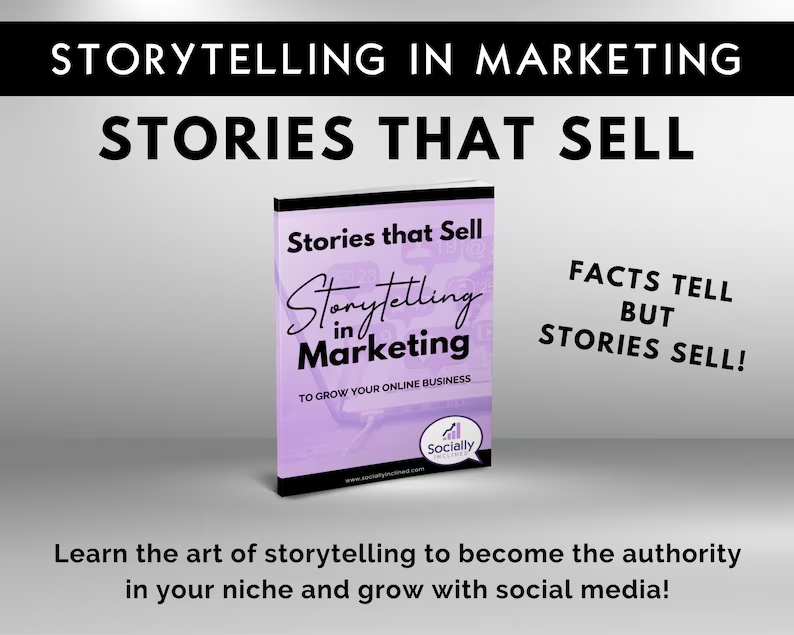
Weaving Narratives in the Digital Age: Exploring Digital Storytelling Techniques
by urdigitalplanet in Blog on January 10, 2024Introduction
In the vast expanse of the digital world, storytelling has taken on new dimensions. Digital storytelling combines the art of telling stories with a range of multimedia, including images, audio, and video, to convey narratives in an engaging and interactive way. This blog post explores various digital storytelling techniques that can captivate and engage audiences in unique and innovative ways.

1. The Essence of Digital Storytelling
Digital storytelling is about crafting narratives using digital media tools. It goes beyond traditional storytelling by incorporating elements like interactivity, multimedia content, and nonlinear narratives to create immersive experiences for the audience.
2. Key Techniques in Digital Storytelling
- Interactive Narratives: This technique involves creating stories that allow user interaction, leading to different narrative paths based on users’ choices. It makes the story dynamic and personalized.
- Multimedia Integration: Combining text with images, videos, and audio to tell a story. Each media type contributes to the narrative, making it richer and more engaging.
- Nonlinear Storytelling: Unlike traditional storytelling, digital narratives can be nonlinear, offering multiple layers and perspectives of the story to be explored at the user’s pace.
3. Using Visuals to Enhance Storytelling
In digital storytelling, visuals are not just supplementary but often central to the narrative. Techniques like photo essays, infographics, and animated graphics can convey complex stories in a visually compelling manner.
4. The Power of Audio in Digital Narratives
Audio elements like voiceovers, music, and sound effects add depth and emotion to digital stories. Podcasts and audio narratives are powerful tools for storytelling, especially when visuals are less prominent.
5. Leveraging Social Media for Storytelling
Social media platforms offer unique ways to tell stories. Techniques like serialized content on Instagram, live-tweeting events, or creating narrative threads on Twitter can effectively engage the audience.
6. Interactive Documentaries and Immersive Experiences
Interactive documentaries provide a platform for more in-depth storytelling, combining video, text, and interactive elements. Virtual reality (VR) and augmented reality (AR) take this a step further by immersing the audience in the story.
7. The Role of Data in Storytelling
Data storytelling involves using data and analytics to tell a story. This can be through data visualizations, interactive charts, and infographics that turn complex data into understandable and compelling narratives.
8. Challenges and Best Practices
Digital storytelling comes with its challenges, such as maintaining narrative coherence across different media and ensuring accessibility. Best practices include focusing on the story’s core message, understanding the audience, and choosing the right platform and tools.
Conclusion
Digital storytelling is a powerful medium that opens up a plethora of ways to tell stories. By harnessing these diverse techniques, storytellers can create more engaging, informative, and emotionally resonant narratives that resonate with their digital-savvy audience.

